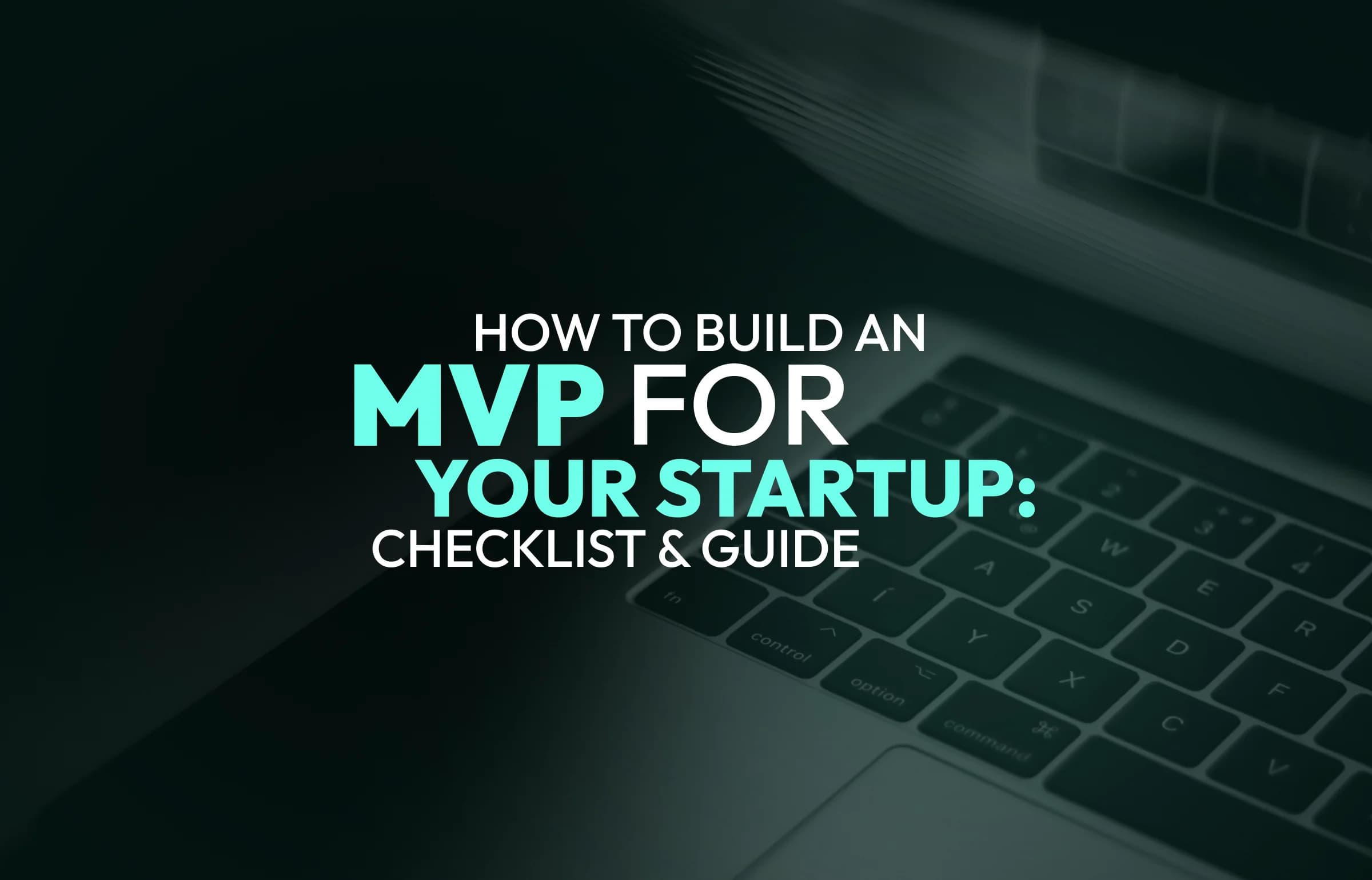
All ECOMMERCE REPLATFORMING GUIDE: SWITCH FROM ONE CMS TO ANOTHER
Updated:June 2, 20257 min read
Outdated CMS may be among the reasons why your business hit a plateau.
Developing and launching a website is not where the work stops. Besides, you have to maintain it constantly and implement profound changes. As for the latter, sometimes you may need to do something more than a simple redesign, and that may be a switch from one CMS to another.
If your e-commerce business is continuously evolving and growing, it brings along more work to do. New technologies are always here to make your life easier. When it comes to CMS, there is also a great variety of opportunities you can use.
In this article, we will walk you through the reasons, things to consider, and steps of CMS replatforming.
What is CMS Replatforming
Before beginning replatforming a website, it is important to understand what it is all about. CMS replatforming stands for the process of relocating all your website data from its current content management system CMS to a new one.
We are not talking about the redesign in this case. Replatforming accounts more for managing the site or application and their visibility online.
A great number of businesses that use outdated CMS face growing limits on speed and features – tap our migration experts to break out of the old stack. In such a case, it’s a good idea to consider website replatforming.
Reasons why eCommerce switch from one CMS to another
As every change in e-commerce industry stands for a reason, here are some you need to know about the triggers to start replatforming:
A change in CMS/platform. Most companies may not be pleased with their store’s current platform, or they just scale fairly well and need a more efficient alternative. Therefore the act of shifting the site & store from one platform to another counts as one of the site migration types.
HTTP to HTTPS. As more and more non-HTTPS websites are being flagged as “dangerous” websites, making sure that you are dealing on a website with an SSL certificate is more critical than ever. Migration is required to use Secure Sockets Layer certificate.
Change of domain. You may have rebranded, or you just don’t like your old URL, and that’s cool. But you will need to move all URLs and links to a new domain to preserve the current SEO interest.
Signs that tell you it’s time to replatform your CMS
How can you know when it’s the time to take up replatforming seriously? Our e-commerce development team has prepared a set of signs that can help you to define the right time to give it a start.
FINANCIAL SIGNS
Expenditures for the website maintenance can never stop, particularly if you have an open-source CMS that requires constant security improvements and updates of functionality, all of which take up your money and time.
As well as the costs of upgrading your program from version to version if you are using versioned applications such as Magento or Drupal, there are license renewal payments that need to be dealt with.
Putting an exact number on the cost is difficult, as each project is unique. If you hire a contractor whose main role is to operate your processes, though, you do know that you are spending on this front.
TECHNOLOGICAL SIGNS
Nearly half of web users expect a page to be launched in 2 seconds or less, and will completely abandon a website if it does not launch in 3 seconds.
Furthermore, if you don’t have a headless CMS or a decoupled CMS capable of delivering content to IoT platforms such as Amazon Echo, interactive digital signage, and so on, the brand is already diminishing, as you have zero visibility at the fastest growing touchpoints.
Another point to consider is that the older a network becomes, the more vulnerable it becomes to cyber-attack — which is bad news as you try to maintain compliance with GDPR, not to mention a sense of consumer faith.
Ultimately, if your CMS finds it difficult to interact with platforms such as Slack and Salesforce, it’s also likely to keep the employees from being as successful as they can be.
MARKETING SIGNS
Sometimes marketing departments show some warning signs too. In fact, your website is a marketing tool and the advertisers must be able to:
Update site content quickly and easily;
- Publish blog posts, videos, and podcasts;
- Integrate with social media scheduling tools;
- Build landing pages and microsites quickly;
- Personalize content through audience segmentation;
If your advertisers are failing to do any of these, it’s another clear indication you need to repeat your website.
Things to consider before you replatform your eCommerce website
Before starting creating your digital strategy, there is a bunch of factors we recommend you to consider. Those may include some of the following:
ONGOING TASKS AND REQUIREMENTS
It can be a challenging time for your business to replatform a website. In addition to managing the replatforming process, you also need to handle customers, meet business requirements, and not to mention addressing any potential problems that may emerge from the replatforming process.
But once you have completed your replatforming phase, it doesn’t stop there. Before you deploy a new site, by constantly testing analytical data, you need to ensure that it fulfills the intended requirements.
FUTURE NEEDS
Deciding on which network to move should be viewed as a risk. You need to consider how the new platform, such as any disruptive technologies, can evolve and respond to market changes.
You may want to ask your vendor how often their code is modified, particularly when dealing with international laws such as GDPR, keeping the app protected from new threats by protection and bug fixes. You should also be familiar with the cost of operating repairs and upgrading.
INTEGRATIONS
In order to serve programs to marketing, distribution, collaboration and project management, the initial platform would have used and incorporated a number of extensions, plugins and other tools.
On your new platform, you need to test whether these methods can work. The best thing to do is do a full code analysis of all the tools, extensions and plugins used by the existing website and check their compliance with the new platform. You need to look at alternatives if you consider that some of the devices are incompatible.
SUPPORT
When you opt for the development platform, you will be responsible for providing assistance to your IT team— or a contracted third-party contractor. It is an end-to-end framework with all things supported by the supplier with a technology network.
Help is often overlooked, but it is important to ensure the optimum performance of your web. Education will benefit from having the right support to solve any problems that occur. For example, you will need the help of different dimensions of your digital presence, from improving authoring to problem-solving on the server-side.
Selecting a new solution
There are actually several kinds of CMS you can choose from. We recommend you to read the following information before making the decision.
On-premise. If you choose to replatform to an on-site CMS, you will either have to download the software in the case of an open-source application, or you will incur a business system licensing fee. WordPress, Shopify, Joomla, Drupal are popular choices. You then load the app on your own computer and before start focus on installing it.
The level of support you get from the manufacturer will vary, and while they will advise you of any changes or glitches, making such patches and updating the program is your responsibility.
Hosted. You could outsource the hosting to a web hosting company instead of running the applications and servers. When using WordPress as a CMS, many companies choose to manage a digital presence externally. The dilemma here is that while hosting is being taken care of, you still have to manage your program, which is generally where the majority of your time (and money) goes.
Full SaaS. Throughout recent years, CMS systems for Software as a Service (SaaS) have gained prominence. Nonetheless, the IDC research firm forecasts that by the end of 2018, approximately one-third of the global business application industry will be focused on SaaS.
Like your other SaaS applications (think Google Docs and Salesforce), SaaS CMS systems work. There is no need for deployment, and there is nothing to upgrade or manage— the SaaS provider takes care of it all. In reality, the CMS vendor takes care of all technical issues, helping you to focus on other aspects of your company and not just your website’s software.
Data Migration Myths
When the data transferring is in progress, your website and its features remain online. All the necessary changes are implemented on the backend. Then you can take your time to test it and prepare your team to use the new CMS. It encourages you from day one to continue business as usual.
Your original store remains live on your current platform while all this is happening. We recognize that uptime is one of the most important factors in winning and retaining consumer confidence so that all our research will happen without the need for downtime.
The good news is that the design you like so much won’t be lost.
While adding custom design elements to your new store, the designers have to make sure it happens smoothly and all the necessary details are maintained.
It is possible that moving to a new site can have an effect on search engine rankings if done incorrectly, even when using the same domain name.
The goal here is to move your user data with your previous network based on the same search ranking. Any SEO-friendly software is able to push the traffic to new heights easily.
Nonetheless, you can move most of the existing data to your new backend from your current eCommerce site. In fact, we guarantee that this occurs without opening you up to any potential problems or liabilities.
As for the look and feel of your shop, you’re probably thinking of leaving your current platform because it’s something weak, so why would you want to replicate the same shortcomings?
The more you embrace the idea that developing your online business needs some improvement, the sooner you can take advantage of switching to a fully-featured business solution.
There are actually so many things to take into account and peculiarities occurring when it comes to replatforming an existing eCommerce website. Feel free to contact us if you want to know more ins and outs of the process. Moreover, our team of devoted professionals is always ready in case you wish SapientPro to handle this on your behalf.



